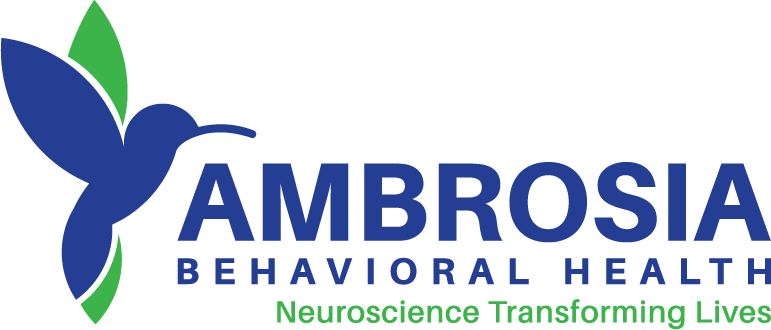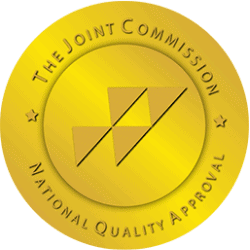You’ve probably heard the phrase, “No pain, no gain.” Weightlifters, marathoners, and other fitness enthusiasts yell it to one another to stay motivated through one more workout.
You won’t hear this phrase yelled in hydrocodone detox units.
It’s true that a sudden break with hydrocodone can make you feel ill. But doctors know that your discomfort is a relapse trigger, and some symptoms can be life-threatening. They don’t want you to feel pain. They want you to get better.
Detox programs aim to get you sober. They also strive to keep you comfortable and committed to sobriety. In a program like this, you can have the gain without intense pain, and that could help you to stay sober for life.

What Does Withdrawal Feel Like?
You know that hydrocodone changes the way you feel. Chemical adjustments in your brain cause that shift. In time, your brain cells may not function properly without hydrocodone.
A pressing need for drugs is one symptom of hydrocodone dependence. Withdrawal is another sign. When you extend the time between doses or you stop taking the medication altogether, you feel incredibly ill.
Researchers say that symptoms typically begin within 24 to 48 hours of your last dose. They can include the following:
- Vomiting
- Diarrhea
- High blood pressure
- Watery eyes
- Runny nose
- Fever
These symptoms can linger for a week or longer. While they’re sometimes described as flu-like, they’re very serious.
In some people, vomiting and diarrhea combine to deliver dehydration. You can’t keep fluids coursing through your body when you’re feeling this ill. If left unaddressed, dehydration can lead to a drop in sodium levels in your blood, researchers say, and that can stop your heart.
Some people move through the process without experiencing such severe symptoms. But since you face the potential of life-threatening problems, you’re not encouraged to go through withdrawal alone. And there’s no need to do that, as treatment programs are available.

Medications for Withdrawal
The discomfort you feel when you stop taking hydrocodone isn’t imaginary. Chemical changes within your brain cause that distress. In a detox program, doctors address that imbalance and help to soothe your symptoms.
During your detox program, your team might try:
- Tapered doses. If you’ve been using hydrocodone to treat pain, your doctor might work on weaning you from drug use. You’ll switch to a different type of opioid, and each day, you’ll take a smaller dose. Your doctor will check in to ensure that you’re not feeling sick or uncomfortable, and if you are, you could be tapering too quickly.
- Opioid replacement medications. Methadone and buprenorphine work on the same parts of the brain touched by hydrocodone. But neither of these medications deliver a high. They latch onto damaged brain receptors, and they soothe distress without changing the way you feel. If you use these therapies, you’ll start at a high dose and slowly taper over several weeks until you’re taking none at all.
- Symptom treatments. Medications like clonidine can help to ease specific symptoms while leaving your brain cells untouched. Your doctor might use these therapies in concert with replacement medications, or you might only need this level of help to get better.
- Novel medications. In May 2018, the U.S. Food and Drug Administration approved a new medication to ease opioid withdrawal. This medication, Lucemyra, entices your brain to release less norepinephrine, which could lead to less nausea, trembling, and other withdrawal symptoms. Your doctor might also try tramadol, which is under investigation as an opioid withdrawal therapy.
No matter what route your team uses, you’ll play a critical role in its success.
Doctors use a symptom scale to understand how well their patients are adjusting to a lack of drugs. Your team asks questions about how you feel, and you answer honestly. If you’re feeling miserable day in and day out, your team might need to adjust the medications you’re taking, the dose you’re using, or both.
If you’re surrounded by support, you can move through withdrawal at home. But if your home is full of things that remind you of drug use, it might be safer to enter an inpatient program.
In inpatient detox, you’re surrounded by support around the clock. You’re also living in an environment that is purposefully drug-free. You won’t be able to get hydrocodone, and that can help you avoid dangers that can sideline your sobriety.
In a program like this, you can also get supportive care, including warm food, soft bedding, and trained therapists. These are the things you’ll need to get through the mental part of detox. If you can’t get them at home, it’s best to enroll in care.

Is Detox Enough?
Dedicating a week or two to help your body heal may seem like a lot. In reality, it’s just the first step on the journey you’ll take to sobriety.
Consider this: If you move through hydrocodone withdrawal and toss out all of the remaining pills you have in your house, you may still have cravings for opioids. Unfortunately, there are many drugs out there that can satisfy that craving.
Researchers assess the danger inherent in drugs with a likability score. This is a measurement of how much people enjoy the drug’s power and how likely they’d be to try the drug again. In 2012, researchers discovered that hydrocodone had one of the lowest likability scores among opioids. People liked OxyContin much more.
The damage done to the cells of your brain can persist even after your body adjusts to the lack of hydrocodone. As long as you have cravings, you have a risk of relapse.
The Substance Abuse and Mental Health Services Administration says recovery consists of four dimensions.
- Community: You need a social network to offer friendship and support.
- Home: You need a safe space to call your own.
- Health: You’ll need to support your physical and emotional health, including managing disease.
- Purpose: You need daily activities that bring you independence and income.
A life with all of these attributes is balanced, and it leaves you with a smaller inclination to purchase or use drugs. This is the kind of life you probably wanted before drugs got in the way, and it can take time to build.
In a rehab program, you have access to tools and professionals that can help you build a life like this. The connections you make during rehab can stay with you for the rest of your life, and you may look back on your investment in rehab as one of the smartest decisions you’ve ever made.
That work should start as soon as detox is complete.




